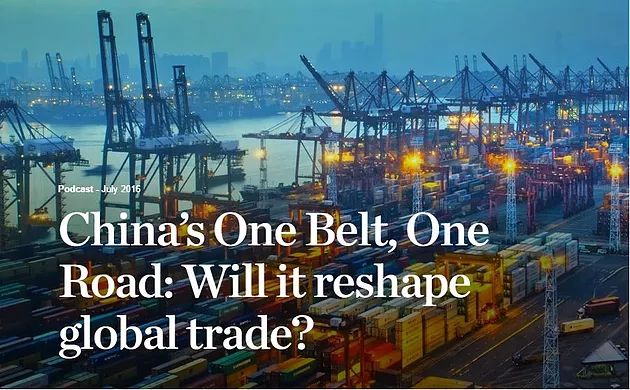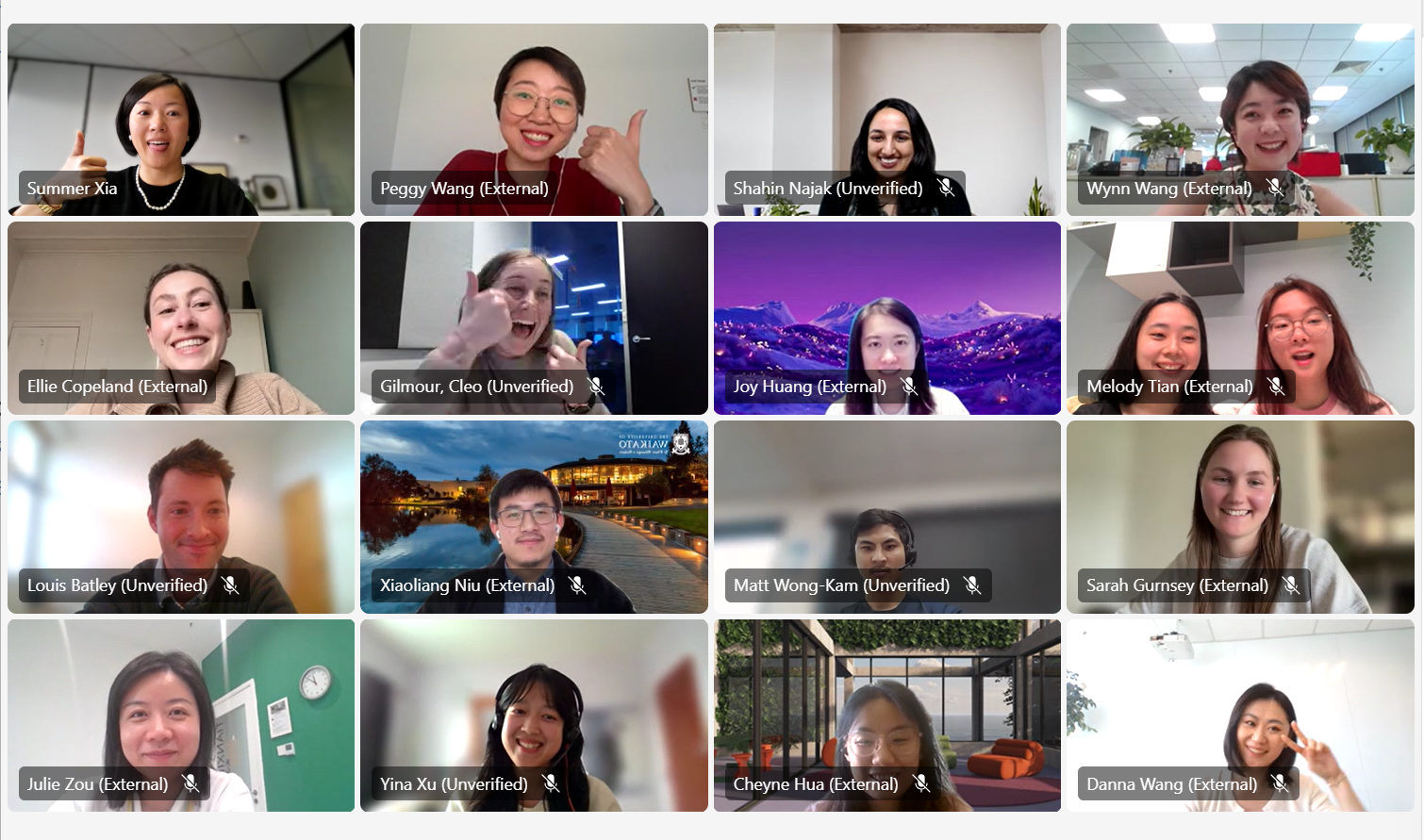China’s One Belt, One Road: Will it reshape global trade?
China’s economic and diplomatic initiative One Belt, One Road (OBOR) is predicted to become the largest trade platform in the world. This report by McKinsey covers an interview on OBOR and what this initiative means for global trade. The One Belt, One Road initiative can be explained through symbolism. While the “belt” represents the physical road from Asia through Europe, the “road” represents the maritime shipping lane. This initiative aims to cover 65% of the world’s population and a quarter of all transported goods and services. Its main aim is to create an efficient trading route for collaboration across the globe. With the Chinese economy slowing down, the government hopes that the OBOR initiative will provide a new phase for export growth. However, before it can be fully realised and succeed, it will require enormous funds and their effective implementation.
While a number of countries are already investing in OBOR infrastructure, more funding is needed and the (mostly emerging) markets which will be included in OBOR are unwilling to invest due to potential risks and the current lack of transparency in terms of funds allocation. Another barrier that OBOR initiative is facing is that other countries in the Asian region are divided – while some view the initiative positively, others are sceptical and question how many countries will actually benefit from OBOR. Despite these challenges, businesses in the Asian region are advised to learn about the initiative, participate in the ongoing debate about it and then decide whether to invest in One Belt, One Road.
Read the full interview on the McKinsey website.












 MENU
MENU
